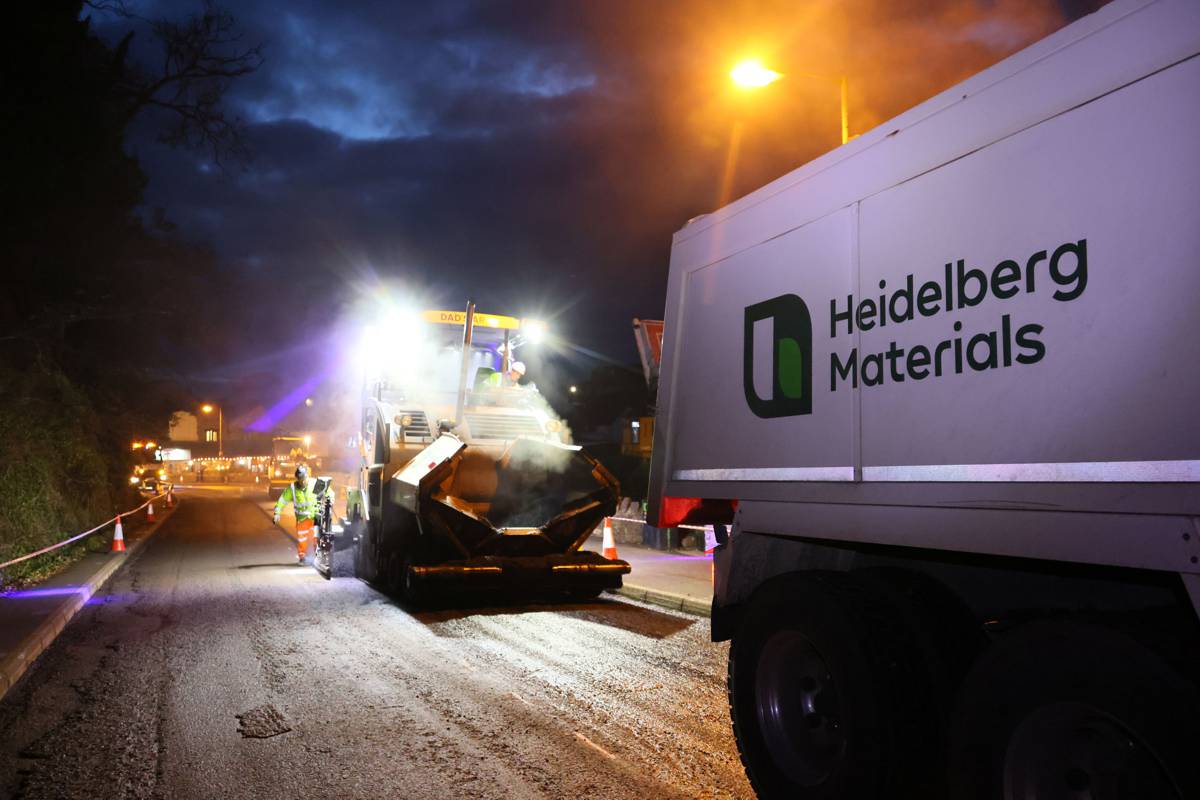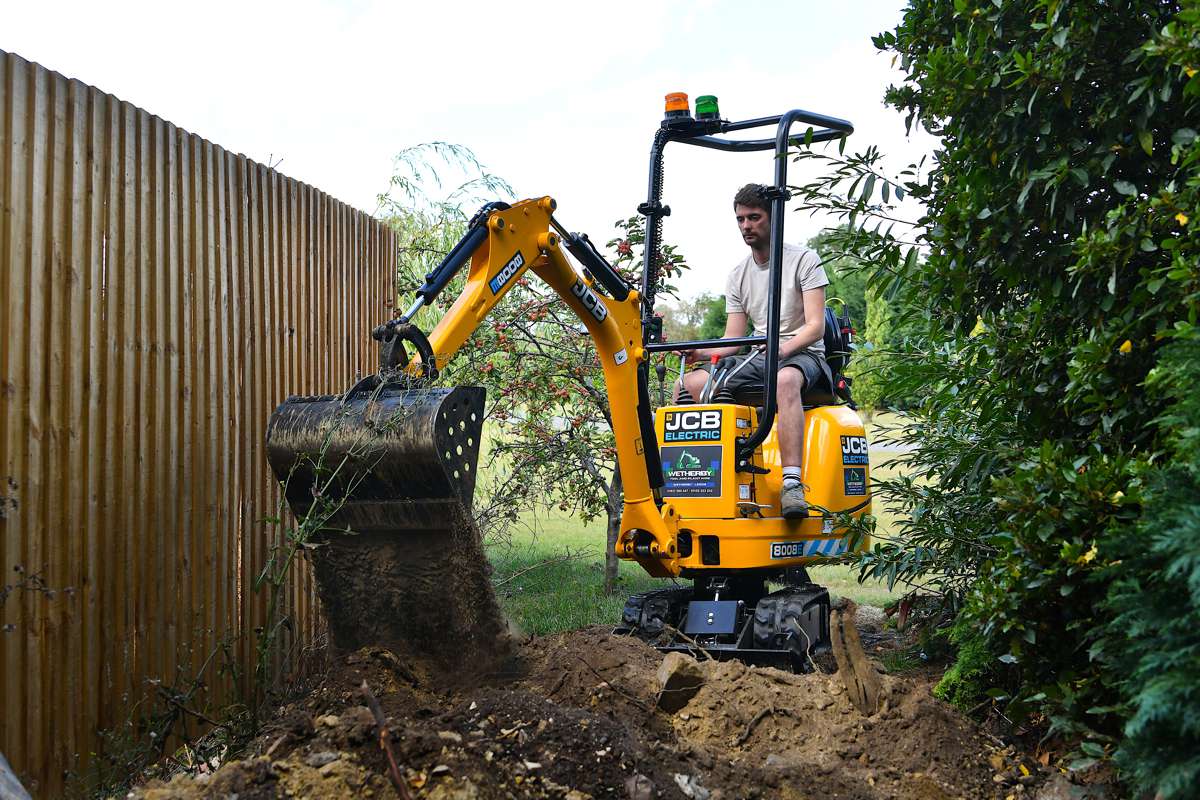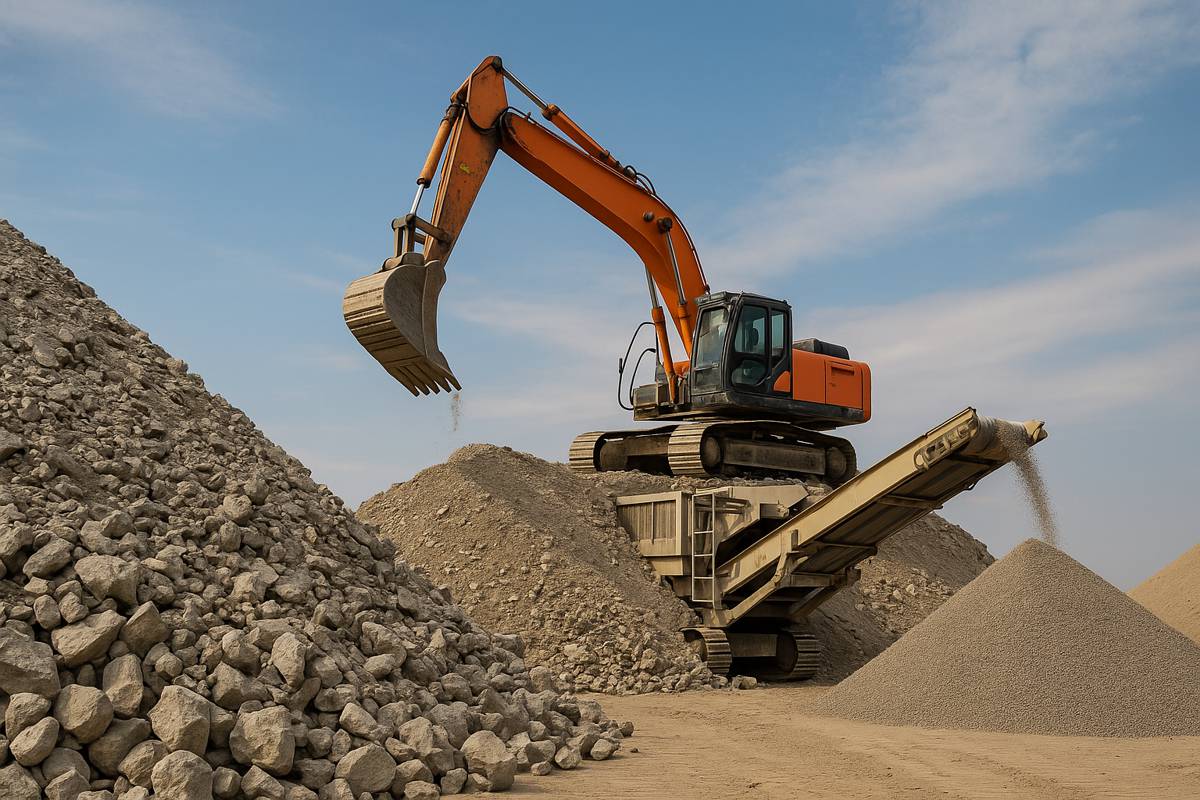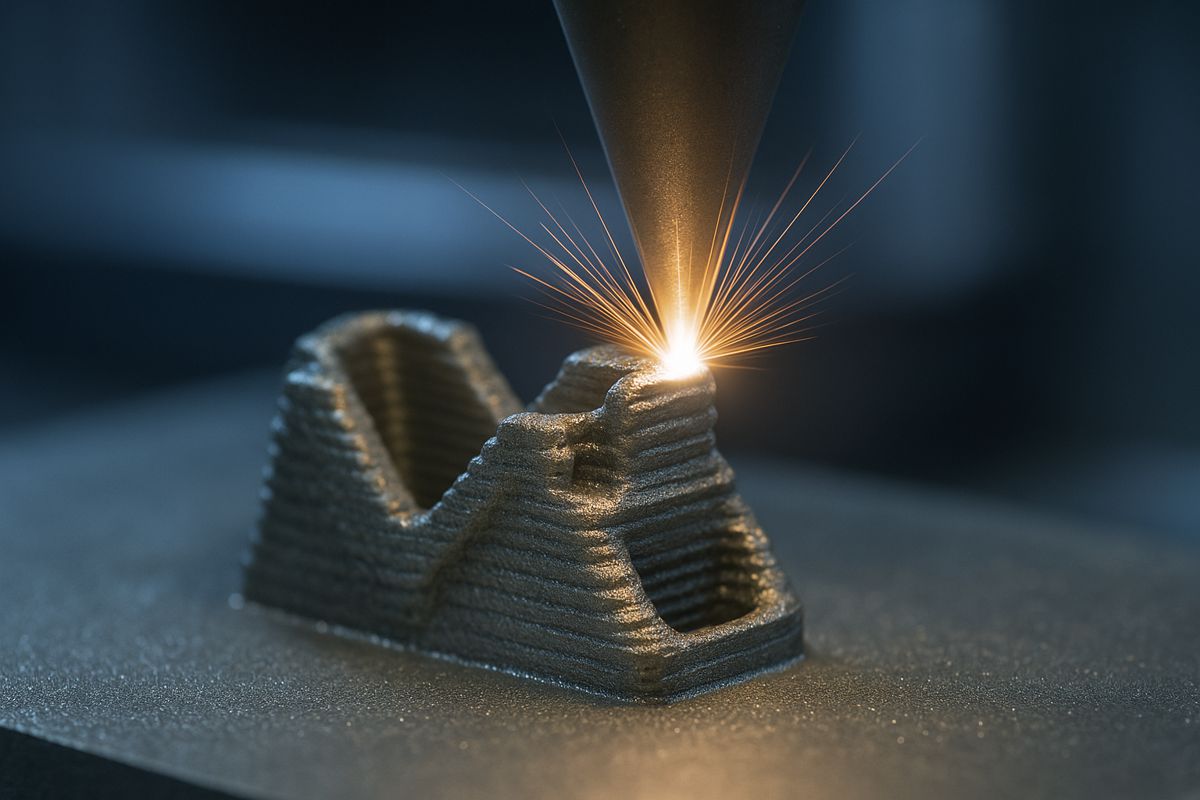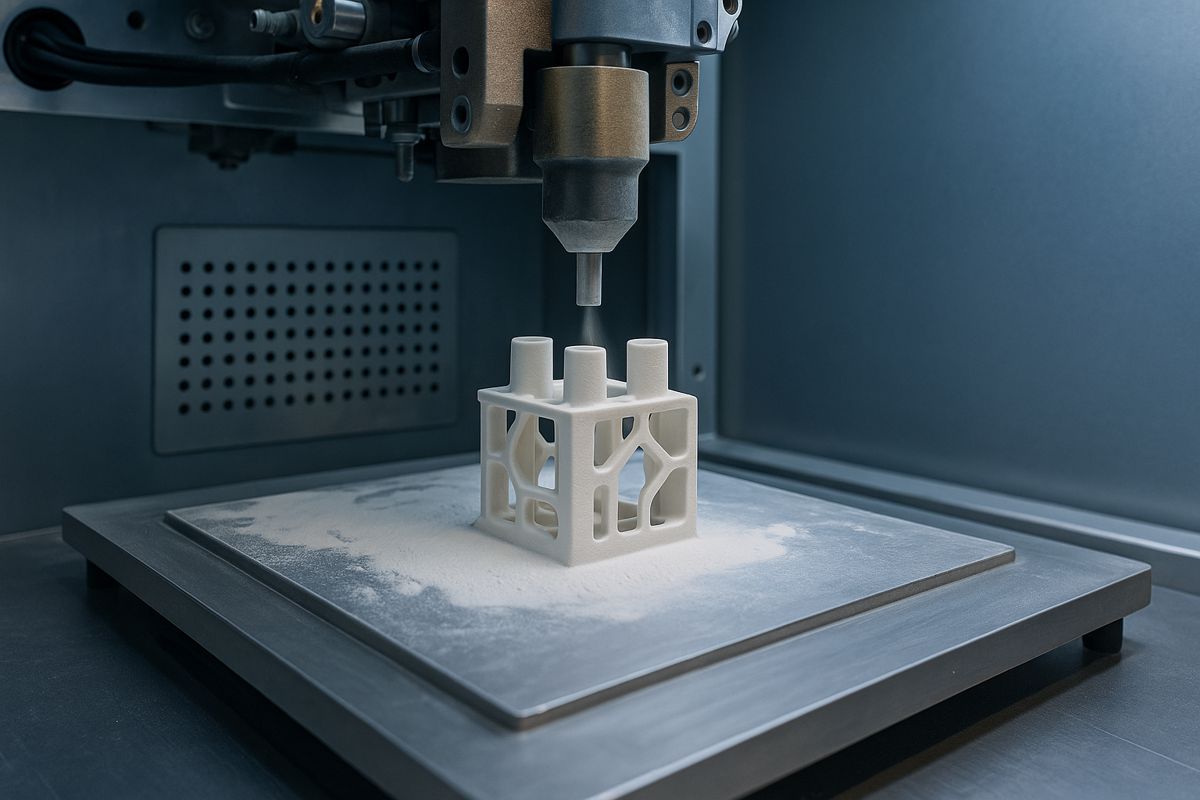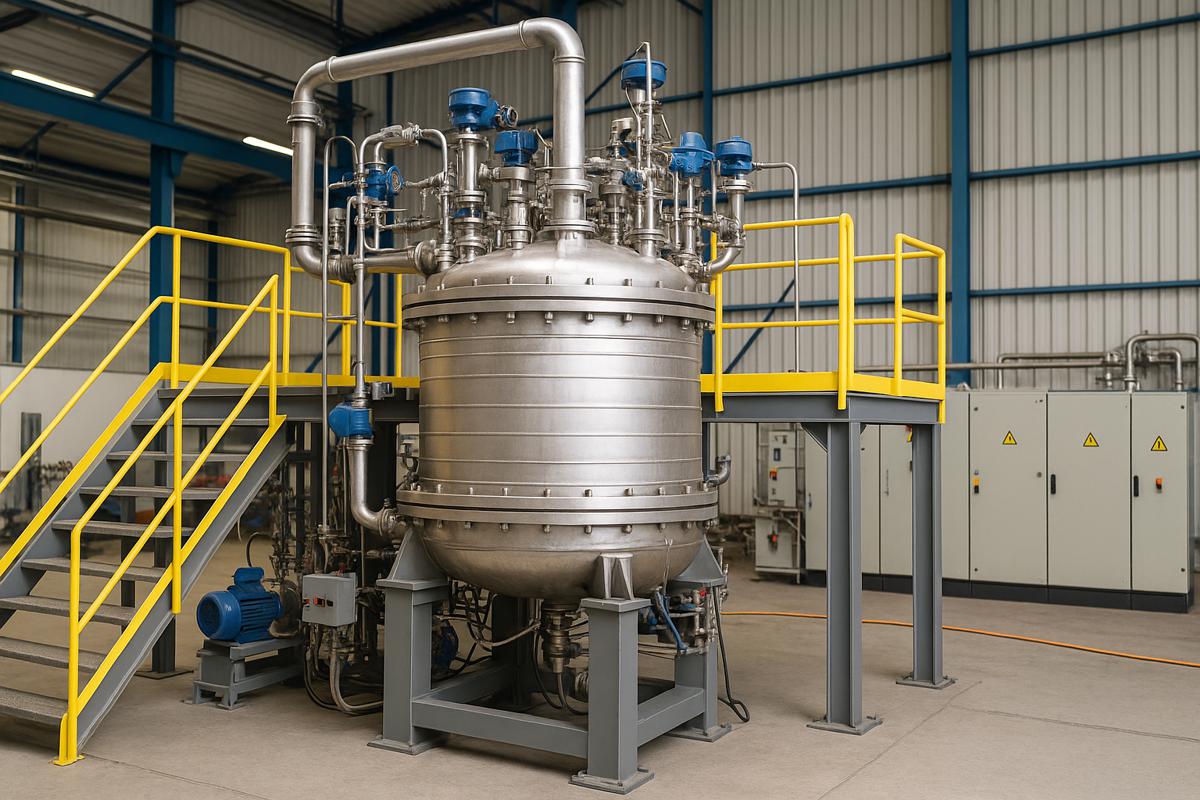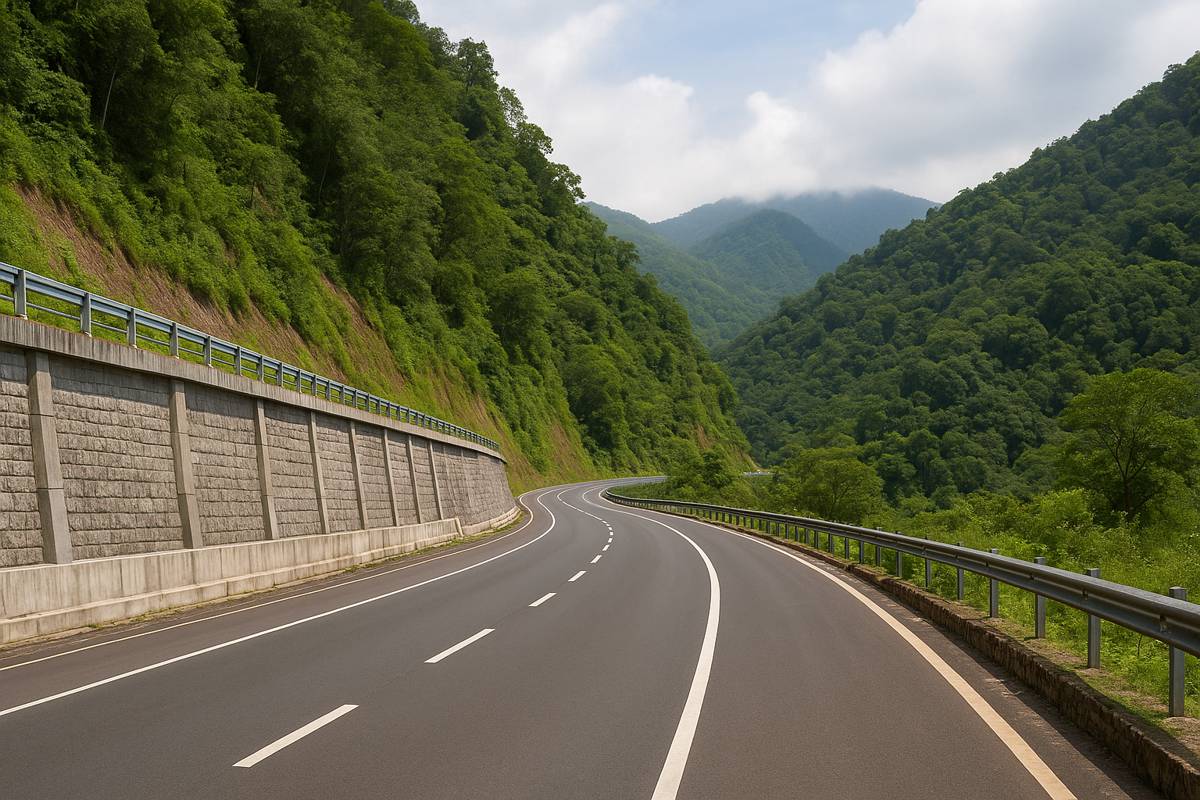Rapid Solutions for Water Ingress With Geopolymers
Each year, countless construction projects face a common adversary: groundwater ingress. Whether it seeps into structures or destabilises excavation sites, unchecked water can transform a well-planned operation into a logistical quagmire.
While traditional methods like dewatering pumps and jet grouting have long been the go-to solutions, they’re not without their shortcomings. Enter geopolymers – a modern, efficient alternative poised to revolutionise groundwater control.
The Challenges of Groundwater Ingress in Construction
Groundwater ingress is a persistent headache for contractors, especially in deep excavations and underground projects. When water breaches barriers, it can compromise the stability of surrounding soil, leading to erosion, hydraulic puncturing, or even structural subsidence. These issues not only jeopardise timelines but also escalate costs and safety risks.
Traditional methods, such as dewatering via pump systems or soil permeation through jet grouting, come with significant drawbacks:
- Dewatering Pumps: While effective at removing excess water, these systems often require disposing of large volumes of pumped water, a process that’s both expensive and potentially destabilising to nearby structures.
- Jet Grouting: This technique creates impermeable barriers in various soils but demands extensive equipment and prolonged curing times. It’s a solution better suited to projects with generous budgets and flexible schedules.
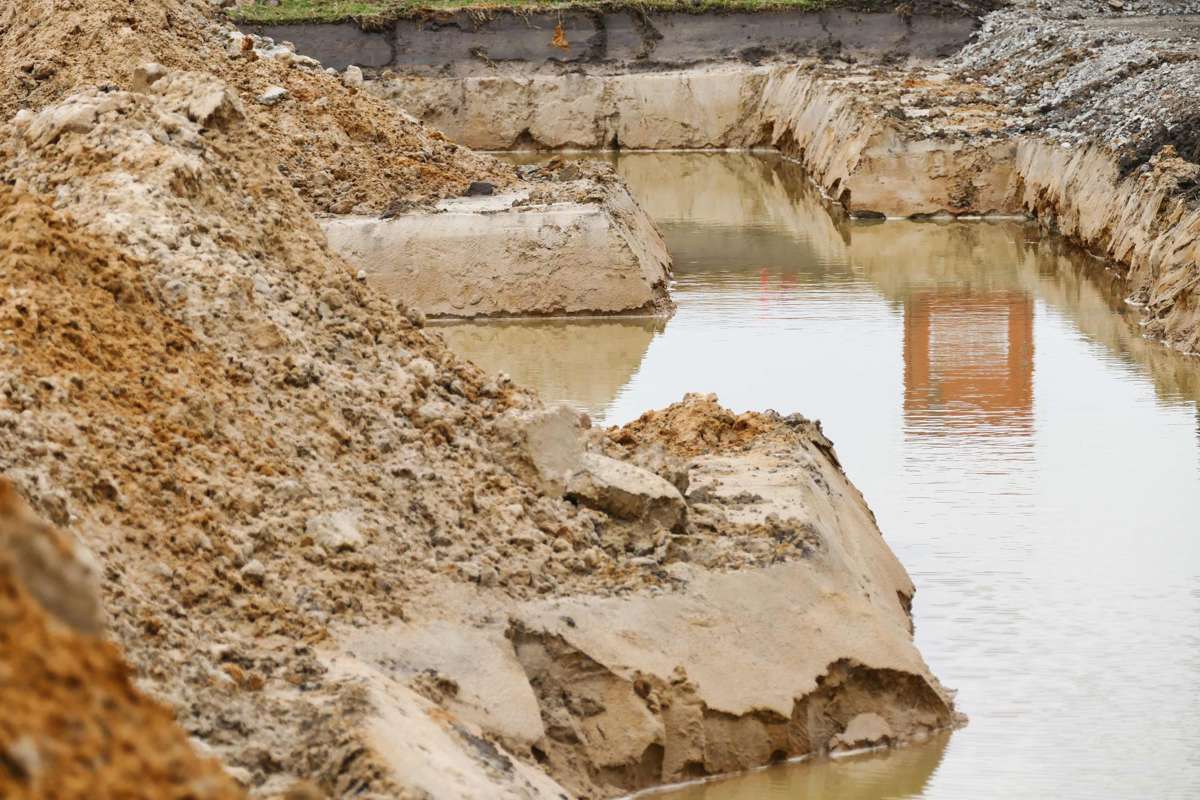
The Cost of Ineffective Water Management
Uncontrolled water ingress can cause catastrophic consequences. Beyond the obvious delays and inflated budgets, the risks to health and safety are severe. Destabilised excavations can lead to collapses, sinkholes, and voids, endangering workers and threatening nearby infrastructure like roads, pavements, and buildings.
“Once water breaches a barrier, it can accelerate erosion and lead to massive soil subsidence,” explains Oskar Nojszewski, commercial director for Poland at Geobear. “The engineering challenges are immense, particularly in densely built urban environments.”
Geopolymers: A Modern Alternative to Traditional Methods
Geopolymers have emerged as a fast-acting, non-disruptive solution to water ingress. Unlike traditional methods, geopolymer injections are lightweight, adaptable, and designed for swift application in challenging conditions.
These polymers harden within seconds, forming durable barriers that effectively block groundwater infiltration.
Key Benefits of Geopolymers:
- Rapid Action: Geopolymers cure in seconds, making them ideal for urgent scenarios such as active construction sites or unexpected water breaches.
- Minimal Disruption: The injection process generates little construction waste and doesn’t require heavy machinery, ensuring minimal impact on occupants or surrounding activities.
- Versatility: Suitable for a wide range of environments, geopolymers can seal gaps in sheet piling, reinforce jet grouting barriers, or act as a standalone solution.
Real-World Application: Geobear’s Success in Kraków
One notable example of geopolymer efficacy occurred in Kraków, Poland, during a residential project requiring deep excavation. The project faced severe water ingress due to gaps between sheet pile locks, compounded by compacted gravel in the ground. Traditional methods would have been time-consuming and costly.
Instead, Geobear used geopolymer injections at seven critical points to seal the gaps, enabling foundation work to resume with minimal disruption. The method’s speed and efficiency highlighted its suitability for large-scale projects, particularly those under tight deadlines.
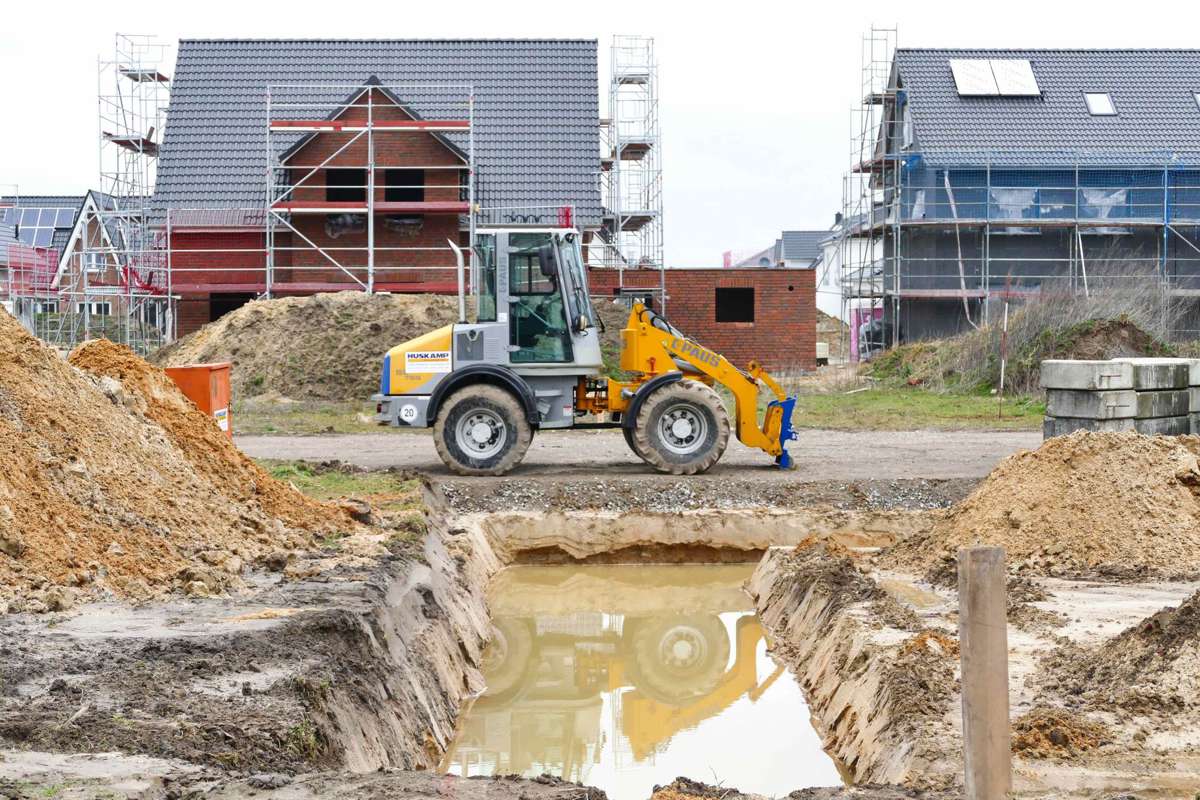
A Sustainable Approach to Ground Engineering
Geopolymers aren’t just about speed and practicality; they also contribute to sustainability. Compared to conventional techniques like underpinning or jet grouting, geopolymer solutions require fewer resources and generate less waste. Geobear, a global leader in ground engineering, exemplifies this sustainable approach.
Headquartered in Finland, Geobear leverages over 40 years of expertise to provide innovative solutions for residential, commercial, and infrastructure sectors. The company’s Finnish roots instil a deep respect for environmental stewardship, with a focus on repairing and reusing built assets to reduce carbon footprints.
Why the Industry Is Turning to Geopolymers
With their rapid application, minimal environmental impact, and adaptability to various site conditions, geopolymers are quickly becoming the preferred choice for groundwater control. Their ability to address water ingress efficiently ensures projects stay on track while mitigating safety risks and environmental concerns.
Building for the Future
Water ingress might be a formidable challenge, but solutions like geopolymer injections are proving that modern technology can outpace even the most stubborn construction hurdles. By embracing innovative methods, contractors can not only manage groundwater more effectively but also build a safer, more sustainable future.










